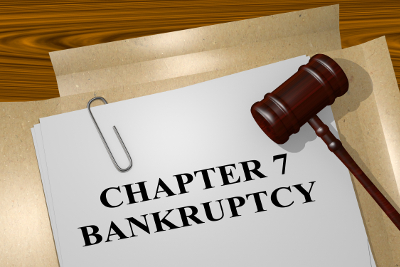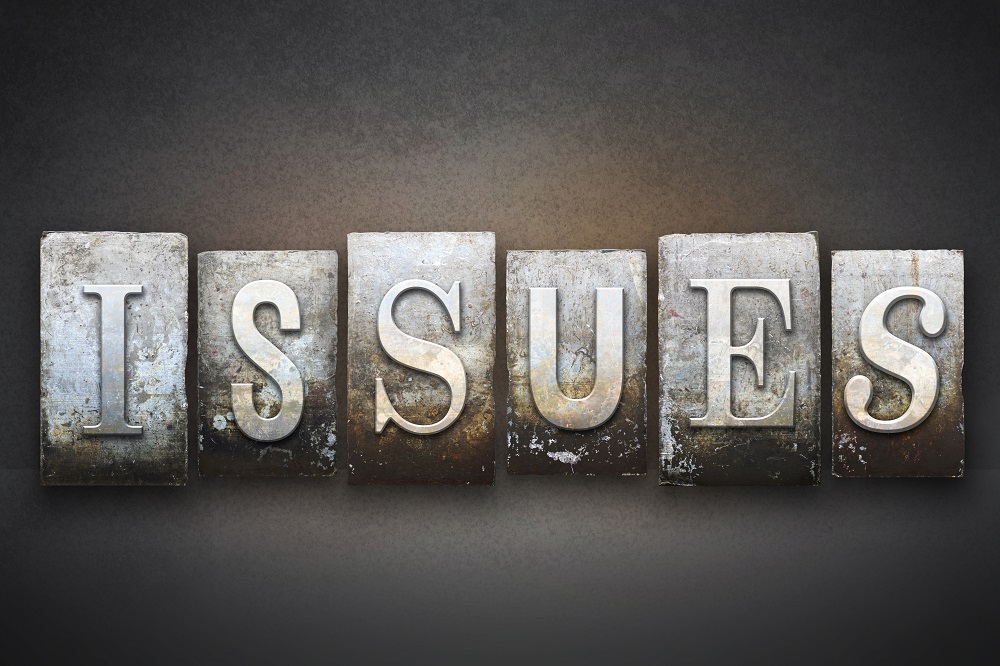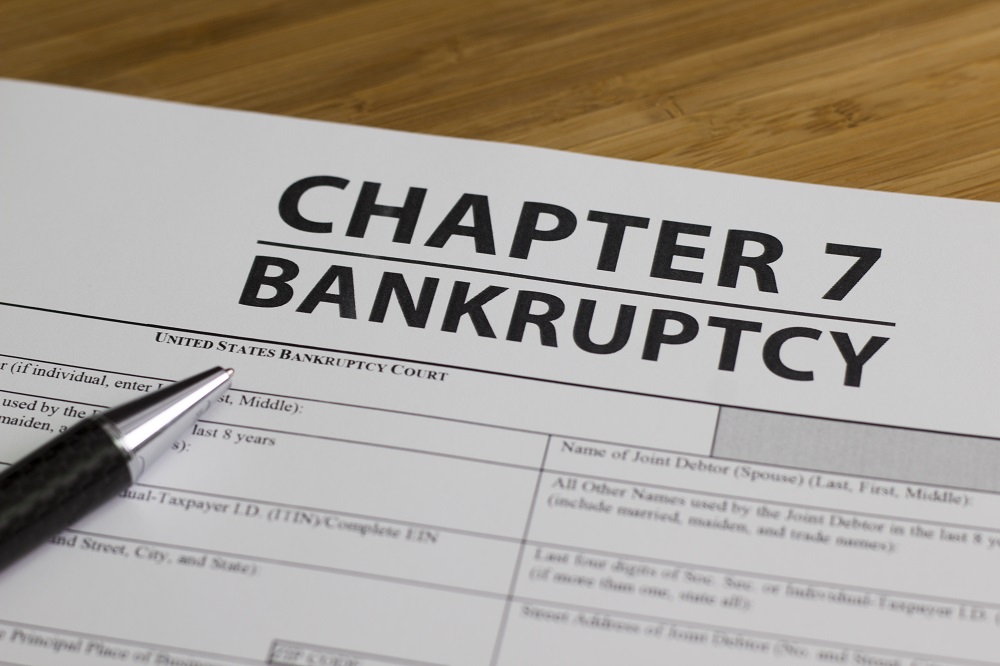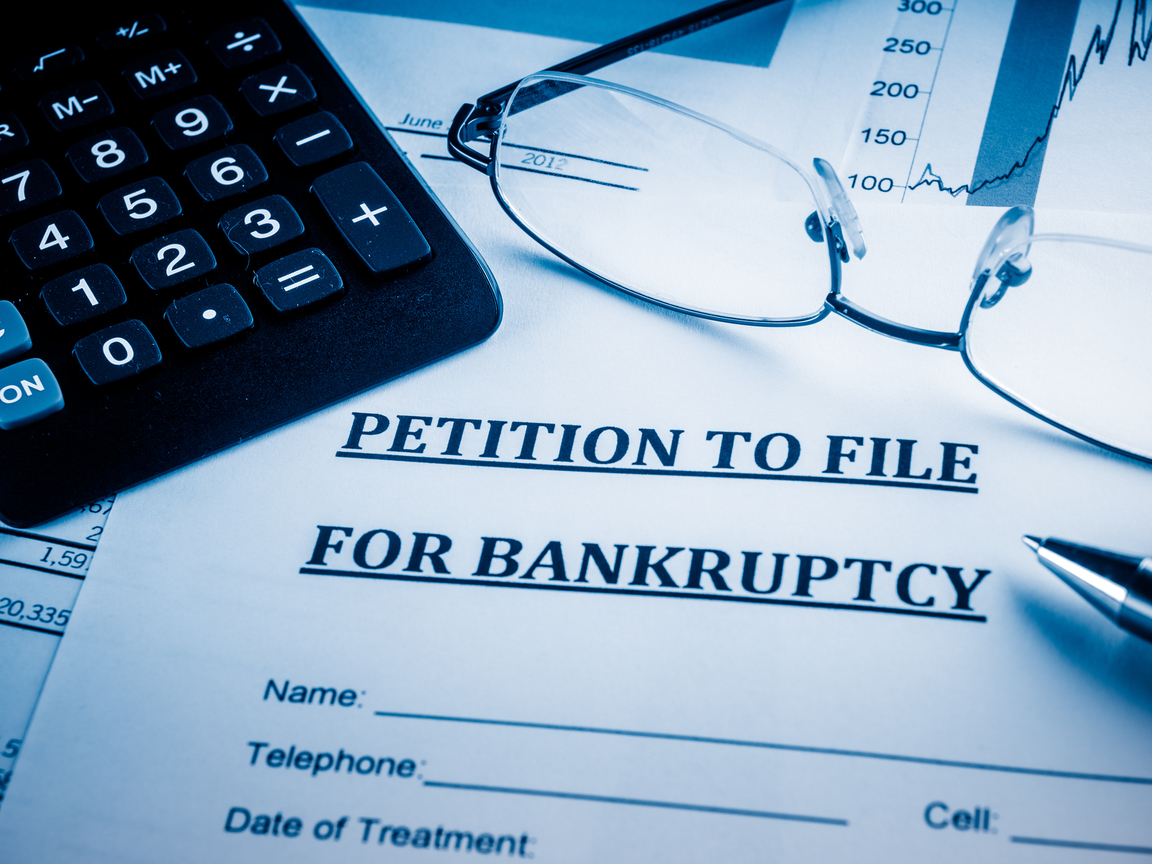What Happens after Your Chapter 7 Bankruptcy is Filed?
You’ve filed all of the required papers with the Arizona bankruptcy court, you’ve attended the 341 Hearing and you’re wondering what’s next. Is this the end of the process? Has the bankruptcy discharge already become a fact? Let us see what happens after your Chapter 7 bankruptcy is filed in Arizona.
Chapter 7 Bankruptcy Processes
Arizona’s Chapter 7 bankruptcy process features a number of essentials.
The first one is the appointment of the trustee and the 341 Hearing. In addition, everyone who opts for Chapter 7 bankruptcy in Arizona is required to complete an educational course that’s provided by a certified agency. The course is quite practical and informative and it provides participants with a lot of useful financial suggestions for the future.
The meeting of creditors is actually the most important part in the timeline. Anywhere between six and nine weeks from the meeting, a debtor will receive a court letter that announces the official debt discharge.
What is the Bankruptcy Discharge Letter?
The bankruptcy discharge letter is an official court notice that states all debts eligible for a discharge will be “eliminated.” The letter applies to debt that the individual has accumulated before the date of the bankruptcy filing.
This is a very important document in yet another way because it serves as injunction against the creditors. Once the bankruptcy discharge letter is presented to the debtor, creditors will no longer have the right to pursue debt collection efforts. Anything that has been discharged can no longer be sought by a creditor in the future.
Thus, approximately seven or eight weeks after the start of the Chapter 7 bankruptcy process, you will be freed from eligible debt and it will become illegal for creditors to push forward with their collection efforts (regardless of the amount that you owed prior to the discharge).
A Few Additional Things to Consider
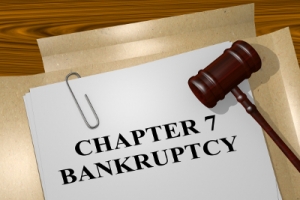 After your Chapter 7 bankruptcy is filed, you give Arizona court the right to manage the debts you owe and examine the assets that you own. When you file, you cannot sell any of the property you own until the proceedings are finalized. Alternatively, you will need to get court approval for the transaction to go through.
After your Chapter 7 bankruptcy is filed, you give Arizona court the right to manage the debts you owe and examine the assets that you own. When you file, you cannot sell any of the property you own until the proceedings are finalized. Alternatively, you will need to get court approval for the transaction to go through.
Property is classified as exempt and non-exempt in Arizona bankruptcy filings. If your bankruptcy trustee determines that you have non-exempt property, you will have to surrender it for the purpose of raising funds for creditors. Property that’s not valuable enough may be abandoned by the trustee, regardless of the fact that it has originally been classified as non-exempt.
The property, income and assets you acquire after the discharge can be dealt with in any way you deem appropriate. You no longer have an obligation towards the court or towards your former creditors.
There are several types of debt you will have to be mindful of because you’ll still be responsible for them in the aftermath of the Chapter 7 discharge. Most types of tax debt, child support payments and student loans will usually not be discharged in bankruptcy proceedings.
A court could also declare certain types of debt non-dischargeable because of a creditor objection. Any agency that has a claim against you will be provided with 180 days from the date of the bankruptcy filing to provide the court with evidence against you. Based on this information, the court will determine whether a certain type of debt will have to be covered by the debtor instead of included in the discharge.
One final thing to understand is that immediately after the discharge, you will not qualify for many conventional loans and mortgages. Such restrictions will typically be lifted in a few years after the discharge, especially if the individual in question makes all of their payments in time and maintains a stellar record. Always take advice from experienced bankruptcy lawyers.

